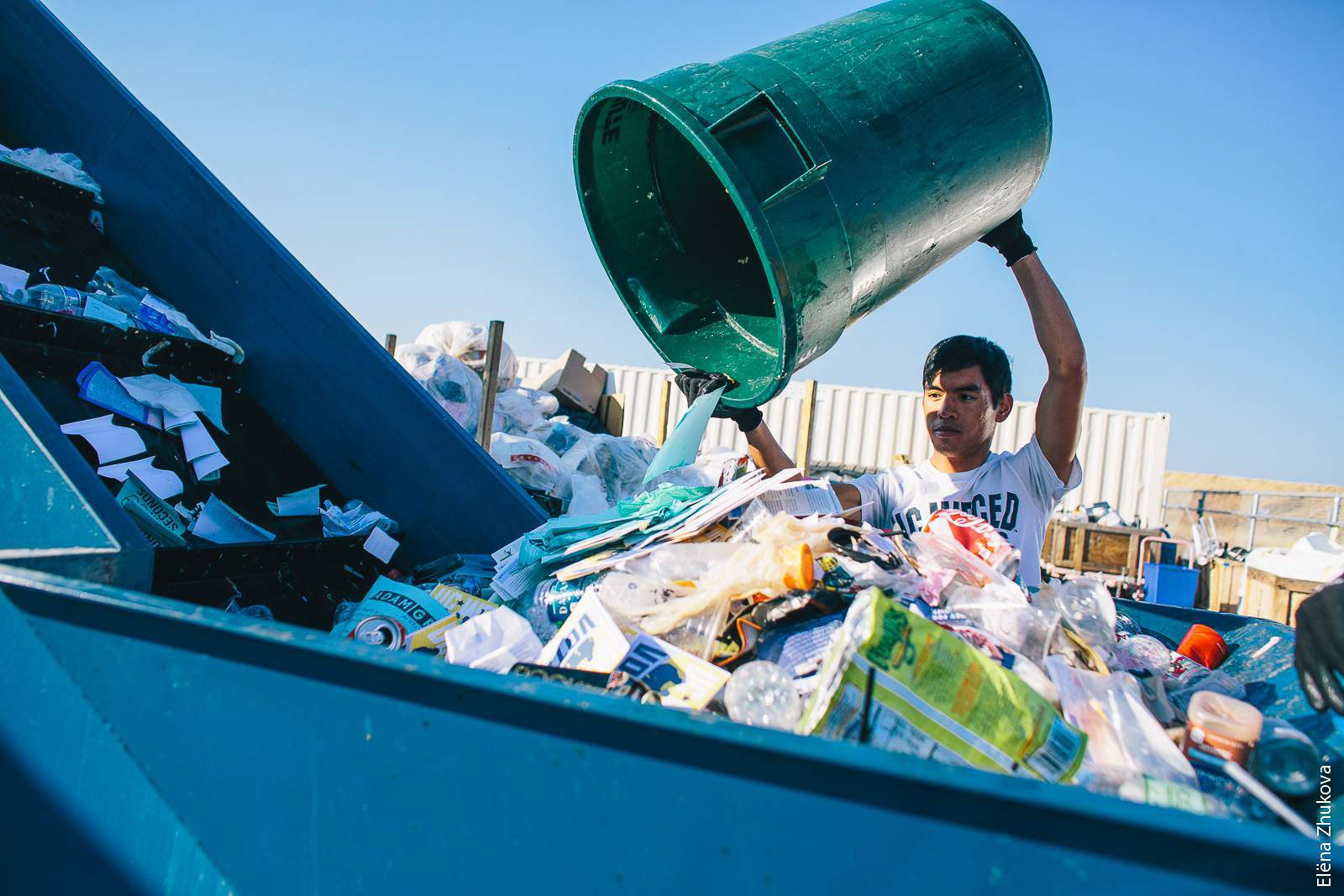All Issues
Moving toward zero waste dining
Publication Information
California Agriculture 71(3):109-109. https://doi.org/10.3733/ca.2017a0033
Published online September 13, 2017
PDF | Citation | Permissions
NALT Keywords
Summary
A new toolkit helps food service operators identify opportunities to reduce waste.
Full text
One aim of the Global Food Initiative is to use UC campuses as testing grounds for improvements in the ways that large food supply chains and waste streams are managed. New methods and tools developed within the university can then be shared with other institutions to achieve broader-scale impacts.
The waste audit toolkit developed by the Zero Waste Dining subcommittee is an example. The subcommittee — made up of Sean Murray, associate director for campus dining at UC Merced, and Tyson Monagle, a sustainability steward with Aramark who works in partnership with UC Irvine Hospitality & Dining — developed a simple spreadsheet-based tool to help foodservice operators gather the data needed to assess the current state of their waste streams: how much waste is produced in various categories, and how much is being recycled, composted or landfilled.
UC Merced student Andrew De Los Santos empties a campus waste bin into a hopper. A conveyor belt carries the materials to a sorting line for separation into recycling, compost and landfill channels.
The tool is designed to support campus food service operations as they work to develop strategies to meet UC's 2020 systemwide goal of having just 5% of campus waste streams, by weight, sent to landfills (this level of diversion is considered “zero waste”, even though some waste, mainly items that are not readily recyclable, will continue to be landfilled).
“Food service operators are worried that tracking this kind of information takes too much time,” said Monagle. “This is about showing that it is simple and easy to do,” and putting into place systems that allow all food service operators to track waste periodically, he said. While a number of dining operations within the UC system already collect such data, Monagle said, many don't — particularly smaller-scale ones with more limited resources.
Documenting the components of food service waste streams helps to identify what waste-reduction strategies are needed. Steps can range from signage and education campaigns to clarify to diners and staff about what can and can't be composted and recycled, to changes in the types of carry-out containers provided, to sourcing more food items in bulk to reduce single-serve packaging.
“It's a lot of little things,” said Murray.
Another benefit of looking closely at food service waste streams is that it encourages operators to scrutinize all of their sourcing and food-preparation processes, which can lead to reductions in the amount of food waste that is generated in the first place (as opposed to just making sure that what is wasted gets composted). A colossal amount of food is wasted worldwide each year — about 70 billion pounds in the United States alone, or 40% of what we produce — and that waste is a major source of avoidable greenhouse gas emissions. A recent UC video (bit.ly/2pipfTX) called food waste “the world's dumbest environmental problem.”
In March, Monagle presented the waste audit toolkit at a meeting in Ohio of Presidents United to Solve Hunger (PUSH), a consortium of university leaders that works on food security issues, including waste.
“One of the great things was realizing how many people there are out there that want to use this toolkit,” he said. “We come at it from within UC, which is already driving very hard toward sustainability. But there are people from all over, who might not be at the same step yet.”
—Editors




